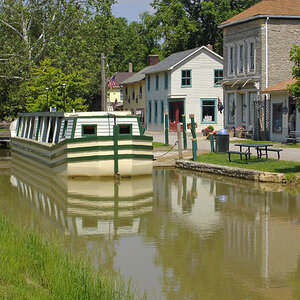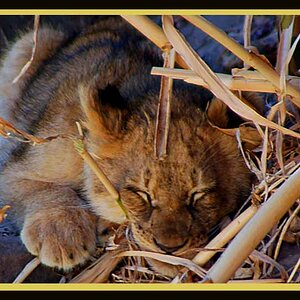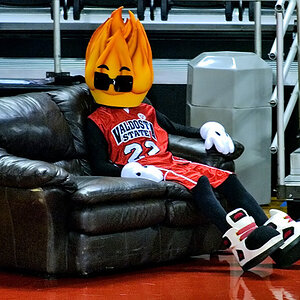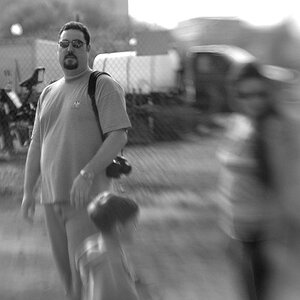Gaerek
No longer a newbie, moving up!
- Joined
- May 2, 2009
- Messages
- 1,341
- Reaction score
- 98
- Location
- Tucson, AZ
- Can others edit my Photos
- Photos NOT OK to edit
Actually, my experiment was regarding depth of field, not background blur, which is a different matter (as already discussed in this thread). Please take your sarcasm elsewhere. Here, it is not appreciated.
So, your experiment (hard to call it an experiment, as there were still far too many variables in it, but I'll give it to you anyway) proved that in a very specific circumstance, the apparent DoF doesn't change with focal length, given the same framing.
Whether background blur is another issue is completely irrelavent, because for all practical purposes, in most circumstances, it's the blurry background people are looking for, not a shallower DoF. DoF is just another way to control the apparent blurriness of the background. Personally, I think it'd be great if there were a control that would allow me to control background blur independently of DoF. Oh wait, there is, it's called zooming in and stepping back. Why do you think most portraits are taken in the 80-100mm range?
The old adage of, "If you want that nice blurry background, bring out the telephoto." is still very relavant, which is what everyone has been trying to tell you. Your experiment really proves very little practical, as a telephoto will give you a more blurred background, given the same framing as a wider lens. Same DoF? Fine, but what does that prove, in most practical circumstances? You will still get a more blurred background using a telephoto.
So, since you're obviously wanting this, you're right! You're completely right! Focal length doesn't affect DoF given the same framing! There, I've admitted you were right. You weren't here to learn, you were here to prove others wrong. This was glaringly obvious from the start, especially the part where you ignored the person that was trying to explain what I explained above. So much for trying to learn from others here.
I hope I'm not on ignore since I was being sarcastic. God forbid I might have something to teach.




![[No title]](/data/xfmg/thumbnail/39/39186-88f5235eacfd57deab14674ccf8e7f0a.jpg?1619738905)
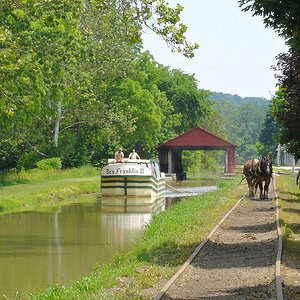
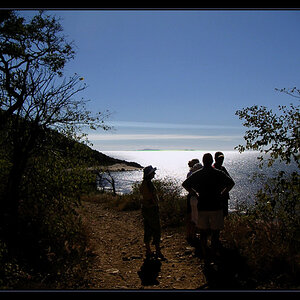

![[No title]](/data/xfmg/thumbnail/39/39184-d7e9fb25ed954af6adbcacfdf106df84.jpg?1619738904)
